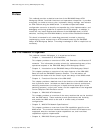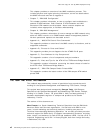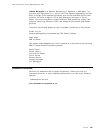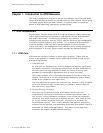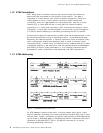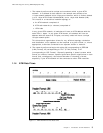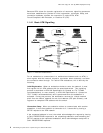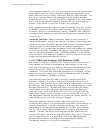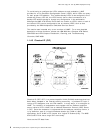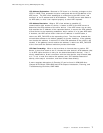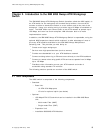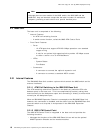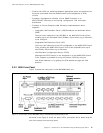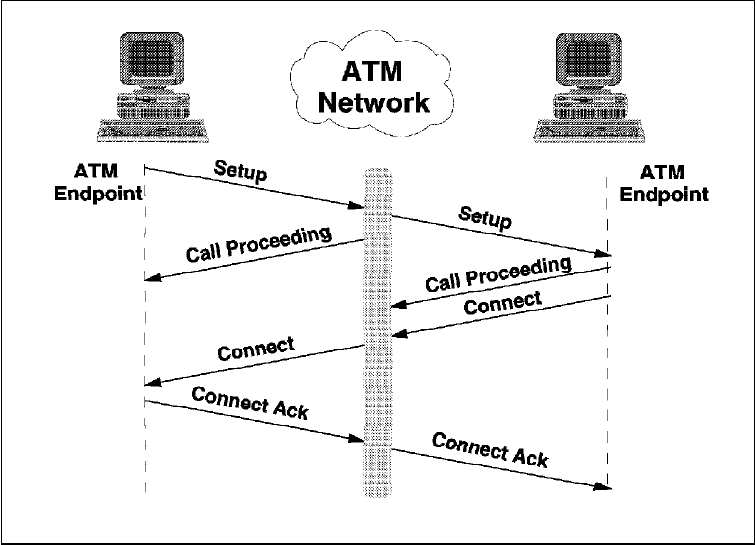
This soft copy for use by IBM employees only.
Because ATM allows for dynamic registration of resources, signalling processes
have been established to provide for initial registration, connection setup, and
connection teardown, whether the connection is native ATM, ATM
Forum-Compliant LAN Emulation, or Classical IP (CIP).
1.1.4.1 Basic ATM Signalling
Figure 3. ATM Call Establishment
For an endstation to communicate in a switched environment such as ATM, it
must register with the network, request a connection when necessary, and clear
the connection when through. For native ATM endstations, this is done by the
following:
Initial Registration:
When an endstation wishes to enter the network, it must
first register its full ATM address with its associated switch. This signalling
process is described in ATM UNI Specification 3.0 (based on ITU-T Q.93B
recommendations), or more recently, in ATM UNI Specification 3.1 (based on
ITU-T Q.2931 recommendations) and is performed when the endstation is
activated. During this process, the workstation receives its 13-byte network
prefix from the switch, appends its own local address (ESI plus selector), and
registers its complete ATM address with the switch.
Connection Setup:
When an endstation wishes to communicate with another
endstation, it must first establish a connection to it. It does this by issuing a
SETUP request to the ATM network.
If the requested address is local, the switch acknowledges the request by issuing
a CALL PROCEEDING response to the requesting endstation and forwarding the
SETUP request to the requested endstation, which acknowledges receipt with a
CALL PROCEEDING response.
4 ATM Workgroup Solutions: Implementing the 8285 ATM Switch




